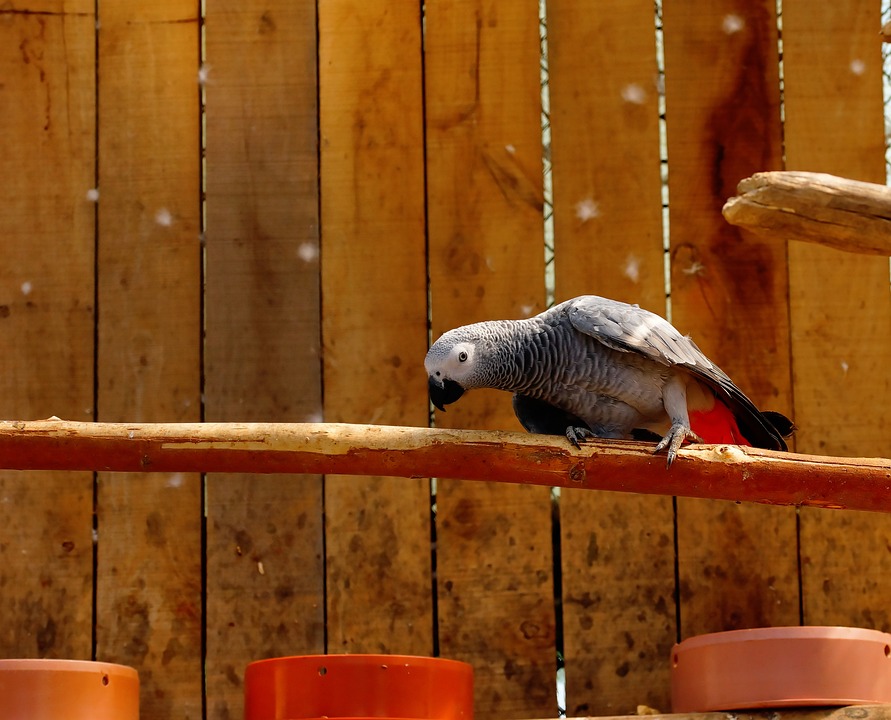Engaging in interactive play with your parrot is not only fun but also essential for their overall well-being. Parrots are highly intelligent and social creatures that require mental and physical stimulation to thrive. By recognizing signs of excitement in your parrot and engaging in activities that promote their well-being, you can strengthen your bond and provide them with the enrichment they need.
One of the first steps in engaging in interactive play with your parrot is to recognize signs of excitement. Parrots exhibit various behaviors when they are excited, and becoming familiar with these signs can help you understand your parrot’s emotions better. Some common signs of excitement in parrots include vocalization, feather fluffing, tail wagging, dancing and head bobbing, and beak clicking and grinding.
Vocalization is one of the most prominent signs of excitement in parrots. Parrots are known for their ability to mimic sounds and speak human words. When they are excited, they may vocalize loudly, often accompanied by flapping their wings or hopping around their perch. Feather fluffing is another common sign of excitement. Parrots will puff up their feathers to appear larger and more impressive, especially during courtship or play. Tail wagging is often seen in larger parrot species and is a clear indication of their enthusiasm. Some parrots also engage in a unique dance routine accompanied by head bobbing when they are excited, which is a joyful expression of their eagerness to interact. Beak clicking and grinding are also common behaviors observed in excited parrots, particularly during play or when they anticipate receiving a reward.
Once you have recognized signs of excitement in your parrot, it is time to engage in interactive play. Interactive play is crucial for preventing boredom and behavioral issues in parrots. Here are some tips to help you engage in interactive play and provide mental and physical stimulation for your feathered companion.
Offer a variety of toys and puzzles that encourage exploration and problem-solving. Toys with different textures, colors, and shapes provide sensory stimulation, while puzzles that require manipulation or unlocking mechanisms challenge their cognitive abilities. Foraging activities are also essential for parrots, as they are natural foragers. Hide treats or food in puzzle feeders, cardboard boxes, or wrapped in paper for them to discover, encouraging mental stimulation and physical activity.
Training and tricks are another great way to engage your parrot in interactive play. Parrots enjoy learning new skills and performing tricks. Positive reinforcement training using treats or praises can teach them commands such as “step up” or “wave.” This not only stimulates their intelligence but also strengthens the bond between you and your parrot.
Social interaction is crucial for parrots, as they are highly social creatures. Set aside dedicated playtime each day to interact with your parrot, allowing them to fly around the room or providing them with toys to play with while supervised. This social interaction provides mental stimulation and strengthens the bond between you and your feathered friend.
In conclusion, recognizing signs of excitement in your parrot is essential to engage in interactive play effectively. By providing mental and physical stimulation through toys, training, and social interaction, you can ensure a happy and healthy parrot. Remember, each parrot is unique, so pay attention to their individual preferences and adjust their playtime accordingly.









